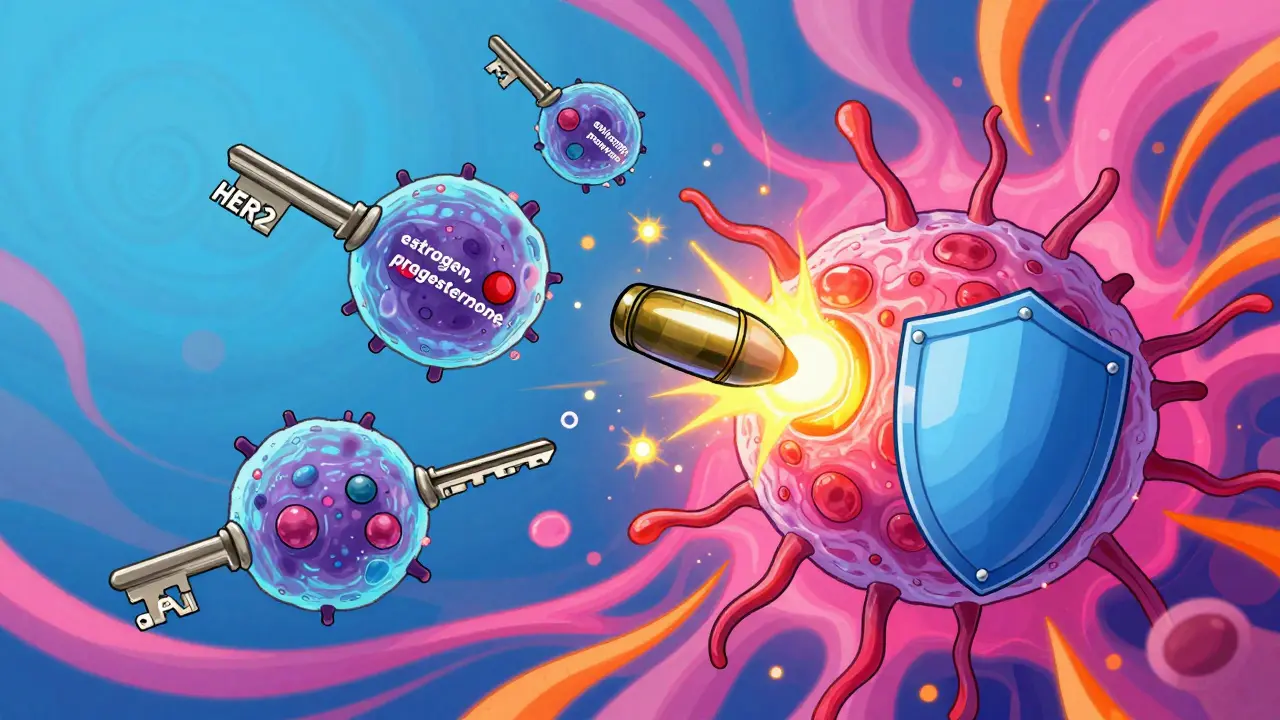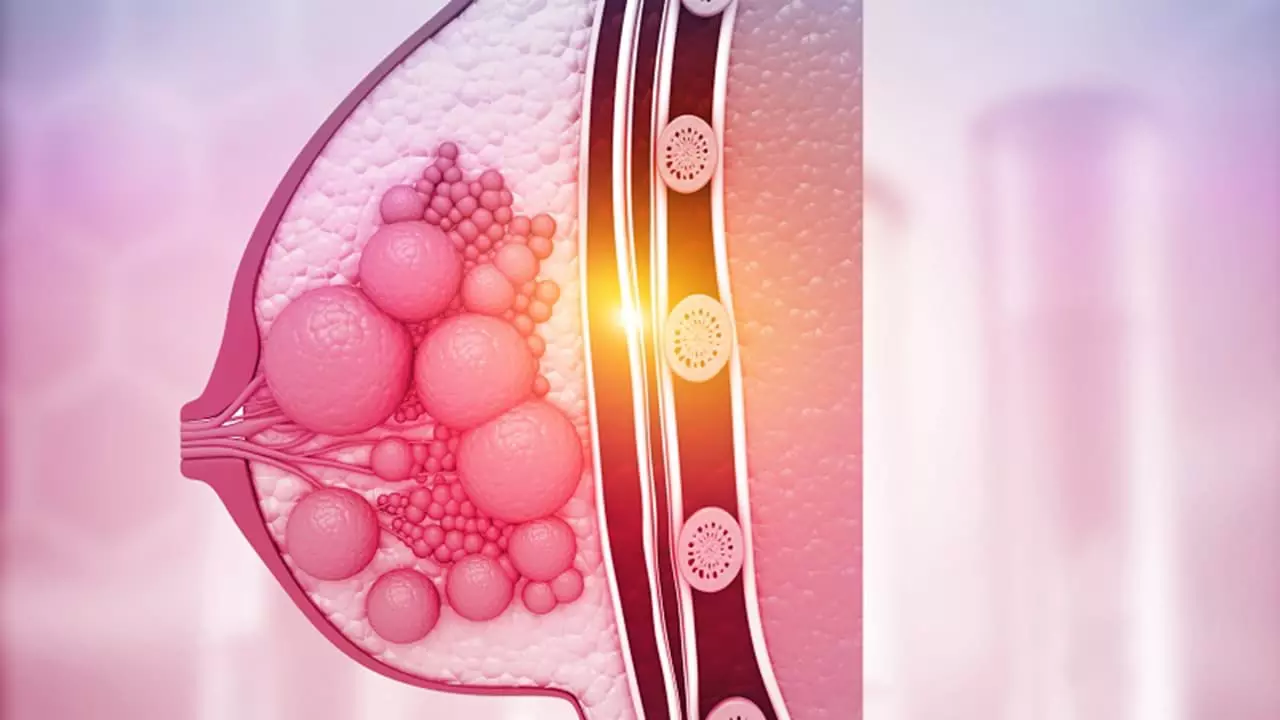Triple-negative breast cancer: clear, practical facts
Triple-negative breast cancer (TNBC) is a type of breast cancer that tests negative for estrogen receptors, progesterone receptors, and HER2. That sounds technical, but it matters because TNBC behaves differently and needs different treatment choices. If you or someone close to you has TNBC, this page gives straightforward, useful info you can act on.
How TNBC is different
TNBC often grows faster and can spread earlier than other breast cancers. It’s more common in younger women and in people with BRCA1 gene changes. Because hormone therapies and HER2 drugs don’t work here, chemotherapy has been the main treatment for years. Still, newer targeted options are changing what’s possible.
Diagnosis usually starts with a biopsy that checks those three markers (ER, PR, HER2). If TNBC is confirmed, doctors will also talk about staging—how big the tumor is and whether it’s reached lymph nodes. Imaging like mammograms, ultrasound, or MRI helps with that. Genetic testing for BRCA1/2 is often recommended, since results can affect treatment and family risk planning.
Treatment options and what to expect
Chemo: For many people with TNBC, chemotherapy is the backbone of treatment. It can be given before surgery (neoadjuvant) to shrink tumors or after surgery (adjuvant) to reduce recurrence risk. Common regimens combine drugs like anthracyclines and taxanes.
Immunotherapy: For some patients, immunotherapy plus chemo has shown benefit. Pembrolizumab, for example, is approved in certain settings for TNBC. This works by helping the immune system spot and attack cancer cells.
PARP inhibitors: If you have a BRCA mutation, PARP inhibitors such as olaparib can be useful, especially for advanced or recurrent disease. They target cancer cells’ DNA repair weaknesses.
Clinical trials: Because TNBC can be aggressive, clinical trials are important. Trials test new drugs, combinations, and approaches that might become standard in future. Ask your oncology team about trials that match your tumor’s features.
Surgery and radiation: Surgery removes the tumor—either lumpectomy or mastectomy depending on size and preference. Radiation is often used after lumpectomy and sometimes after mastectomy, depending on risk factors.
Survivorship and support: Side effects, fatigue, and emotional stress are real. Joining a support group, seeing a counselor, or working with a survivorship clinic helps with practical issues like fertility, reconstruction choices, and long-term follow-up plans.
When to act: If you find a new breast lump, nipple change, or unexpected swelling, see a doctor promptly. If you’re already diagnosed, ask your team clear questions: Why is this recommended? What are side effects? Are there trials I should consider? Getting second opinions is normal and OK.
TNBC care moves fast. New drugs and tests arrive each year, so stay connected to your oncology team, ask about genetic testing, and consider clinical trials. You don’t have to make decisions alone—good teams pair medical choices with practical support for daily life.

Triple-Negative Breast Cancer: Modern Treatment Strategies and Ongoing Clinical Trials
